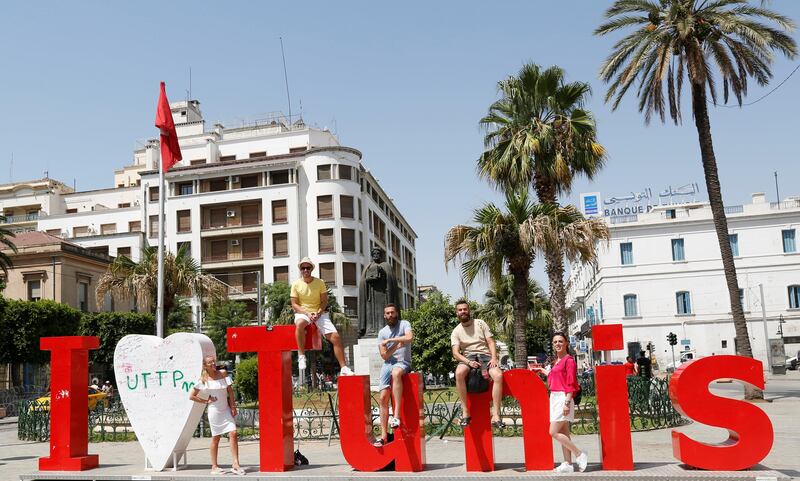Moody's Investor Service downgraded Tunisia's long-term issuer rating to B1, four levels below investment grade, from Ba3 because of a continued deterioration in the fiscal strength and persistent external imbalances of the North African country as it struggles to maintain a firm economic footing in the aftermath of the Arab Spring.
Delays in the implementation of an IMF reform program suggested reduced institutional strength and government effectiveness, the agency said. At the same time, the rating agency maintained a negative outlook on the country's main credit rating.
"The negative outlook reflects the risk of a more sustained than anticipated decline in foreign exchange reserves with concomitant depreciation pressures which could fuel adverse public debt dynamics," it said.
"It also takes into account Tunisia's increasing funding requirements in view of upcoming international bond redemptions starting 2019 amid reduced visibility about access to external funding sources, in addition to rising contingent liability exposures to the public banking sector, to the pension system and with respect to state owned enterprises."
________________________________________________
Read more:
[ Tunisia still fighting to regain economic balance after Arab Spring, IMF says ]
[ Tunisia back on TUI agenda as tourism demand grows ]
__________________________________________________
Moody's also lowered Tunisia's long-term local currency bond and bank deposit ceilings to Ba1, one notch below investment grade, from Baa2. The long-term foreign currency bank deposit ceiling was cut to B2 from B1 and the foreign currency bond ceiling to Ba2 from Ba1.
The country's fiscal performance has been slipping since November 2016 because of a high wage bill that accounting for over 14 per cent of gross domestic product, or about 60 per cent of total revenues, according to the agency. Slower growth, unfavorable exchange rates, and a higher than anticipated primary deficit have pushed the country's debt to GDP ratio to 61.9 per cent of GDP at the end of 2016 from 50.8 per cent in 2014.
Tunisia's economy has been fluid since 2010 when the country's long serving president was ousted in a public uprising. Though the country has made strides towards political transition since then, economic dividends have taken longer than expected and unemployment rates remain uncurtailed by a stagnant economy.
Last year, the country got a $2.9 billion loan from the International Monetary Fund (IMF) to help it strengthen job creation and economic growth. Björn Rother, IMF economist, said this month that the outlook for the North African country was slowly progressing thanks to a pick-up in phosphates, agriculture and tourism.
However, challenges remain. Gains in the the country's current account would take a while before impacting persistent external imbalances, according to Moody's.
"Current account dynamics have continued to deteriorate over the first half of 2017 after assignment of the negative outlook in November 2016 due to structural declines in energy and phosphate balances which partially offset improved mechanic and electric exports," the rating agency said.
"While the tourism sector has recorded a rebound from low levels, higher tourist arrival numbers will take time to translate into higher current account receipts due to the low value added offering and high share of intra-regional travel."





